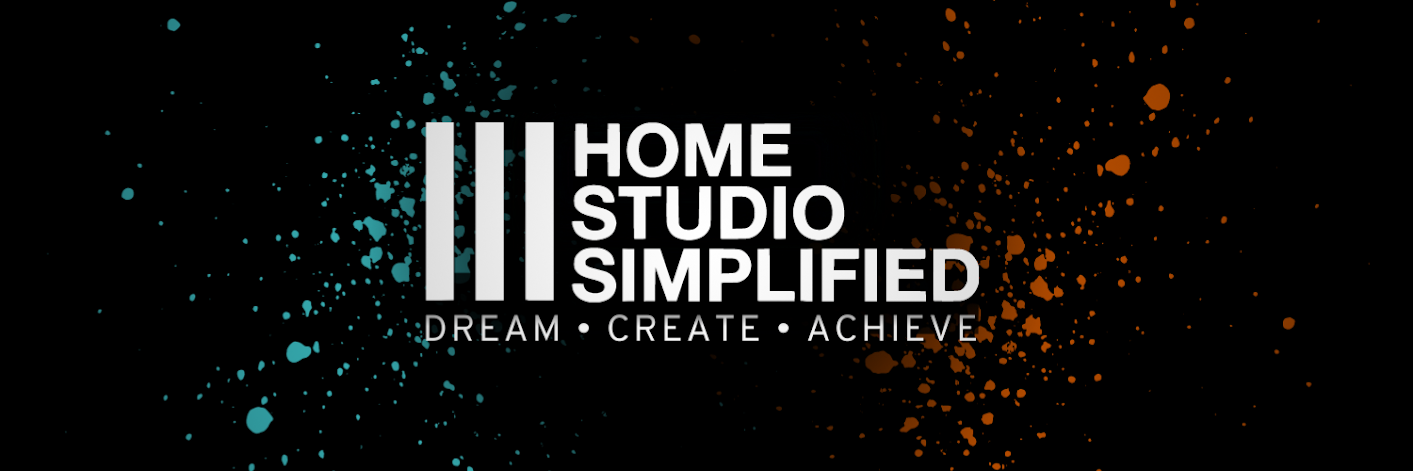Mixing involves so much more than just moving faders around. It encompasses a whole skill set that has to be fine tuned and honed over years of practice. One prevailing question that I get is , "How do I get my mix to sound wide and full?" Well, as stated above, there are a lot of factors that go into creating stereo image. I am going to cover some of the basics first, and then we will dive a little deeper.
Just like most everything else in mixing, a "full" sound can be subjective to the listener. However, anyone can spot a wide sound in the right listening environment. To me a "full" sound is a natural sound. It is more a feeling that comes from the instrument that places you in the same room with it, as if it were right in front of you. Whereas, a wide sound, places the instrument all around you and envelops you. So, now that I have set that straight, we can move on to ways we can achieve stereo width.
When I first started mixing, I thought that simply cloning a track and panning them hard right and left, would give me stereo sound. I soon found that there is no stereo width achieved by doing that. Essentially, all you are doing is creating a louder Mono track that now takes up more real estate on both ears, and your ears cannot decipher the difference between a single Mono track and a double of the same.
The best way to get true stereo sound is to record the same part twice, on two separate tracks, and then pan them out. The small inconsistencies in your playing will add up to huge sound that your ears can decipher now as two different parts. You can use the same source, and the same settings if you'd like, although it may add more depth to add or remove elements from the second track.
Another way to get decent stereo results is by utilizing different mics and mic placements. There are a ton of ways to set up two microphones to record in stereo. One of my favorites right now is "Mid-Side Recording". In the video below I will cover that in further detail.
Then there are the shams... These are stereo widening plug-ins, delay plug-ins, and others that emulate width. Although you can get some usable results from these in certain situations, if you want real width you can feel, then you need to take a little extra time to layer another track or record in stereo. In the video below I will give you an example of both true stereo and stereo emulation. Don't forget to subscribe to the channel while you 're there.
Wide vs. Full
When someone asks me that question I have to correct them in their presumption that both attributes (Wide and full) are one in the same. Although both contribute to one another, when someone asks this question they need to know that they are speaking of two different textures in a mix. For instance, a guitar can sound full and not sound wide, and vice versa.Just like most everything else in mixing, a "full" sound can be subjective to the listener. However, anyone can spot a wide sound in the right listening environment. To me a "full" sound is a natural sound. It is more a feeling that comes from the instrument that places you in the same room with it, as if it were right in front of you. Whereas, a wide sound, places the instrument all around you and envelops you. So, now that I have set that straight, we can move on to ways we can achieve stereo width.
True Stereo vs. Stereo Shams
When I first started mixing, I thought that simply cloning a track and panning them hard right and left, would give me stereo sound. I soon found that there is no stereo width achieved by doing that. Essentially, all you are doing is creating a louder Mono track that now takes up more real estate on both ears, and your ears cannot decipher the difference between a single Mono track and a double of the same.
The best way to get true stereo sound is to record the same part twice, on two separate tracks, and then pan them out. The small inconsistencies in your playing will add up to huge sound that your ears can decipher now as two different parts. You can use the same source, and the same settings if you'd like, although it may add more depth to add or remove elements from the second track.
Another way to get decent stereo results is by utilizing different mics and mic placements. There are a ton of ways to set up two microphones to record in stereo. One of my favorites right now is "Mid-Side Recording". In the video below I will cover that in further detail.
Then there are the shams... These are stereo widening plug-ins, delay plug-ins, and others that emulate width. Although you can get some usable results from these in certain situations, if you want real width you can feel, then you need to take a little extra time to layer another track or record in stereo. In the video below I will give you an example of both true stereo and stereo emulation. Don't forget to subscribe to the channel while you 're there.
